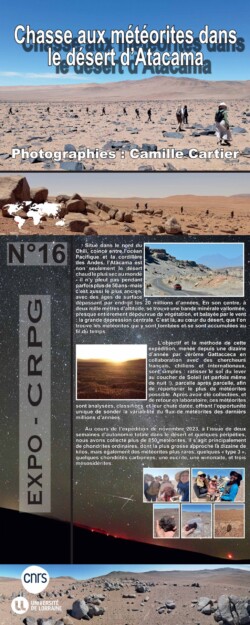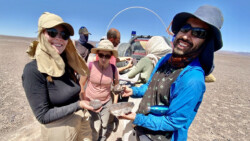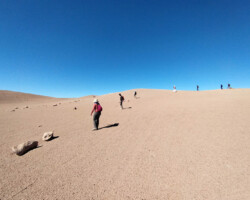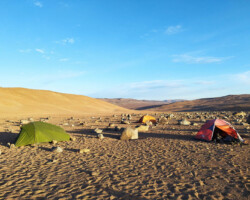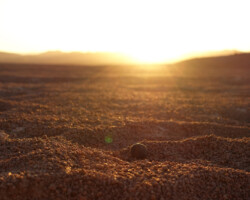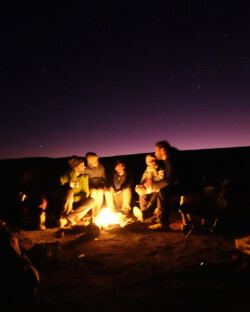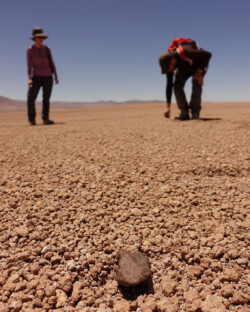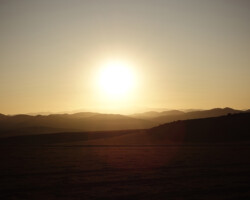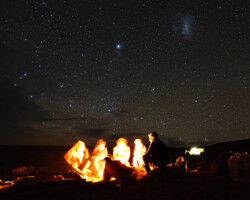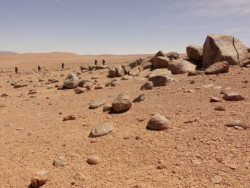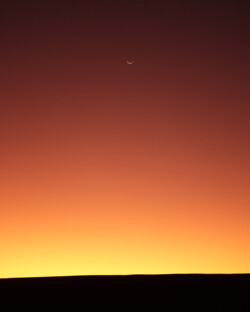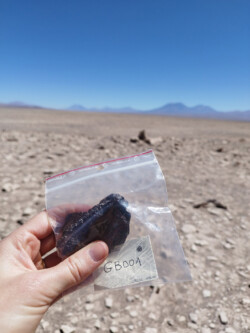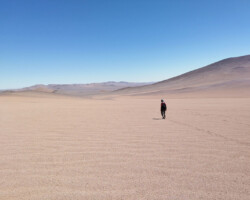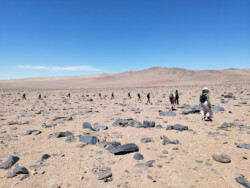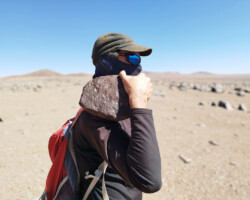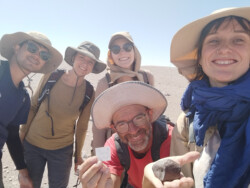Meteorite hunting in the Atacama Desert
Photographs : Camille Cartier
Located in northern Chile, wedged between the Pacific Ocean and the Andes, the Atacama is not only the driest hot desert in the world – it doesn’t rain there for sometimes more than 50 years – but it is also the oldest, with surface ages exceeding 20 million years in places. In its center, at two thousand meters above sea level, there is a hilly mineral strip, almost entirely devoid of vegetation, and swept by the wind: the great central depression. It is there, in the heart of the desert, that we find the meteorites which have fallen there and accumulated over time.
The objective and method of this expedition, led for around ten years by Jérôme Gattacceca in collaboration with French, Chilean and international researchers, are simple: rake the ground from sunrise to sunset (and sometimes even at night! ), plot by plot, in order to list as many meteorites as possible. After being collected, and back in the laboratory, these meteorites are analyzed, classified, and their fall dated, offering the unique opportunity to probe the variability of the flow of meteorites over the last few million years. During the November 2023 expedition, after two weeks of total autonomy in the desert and a few adventures, we collected more than 850 meteorites. These are mainly ordinary chondrites, the largest of which weighs around ten kilos, but also rarer meteorites, a few “type 3”, a few carbonaceous chondrites, a eucrite, a winonaite, and three mesosiderites.





